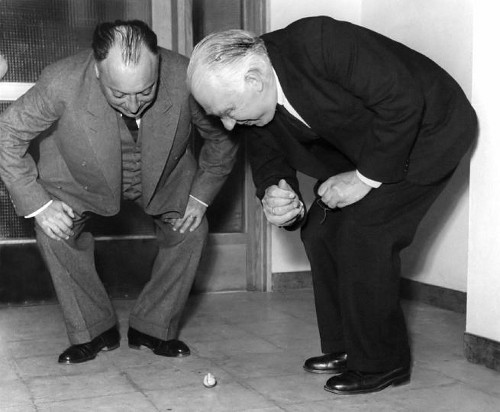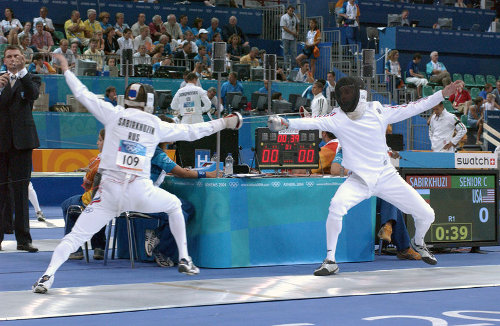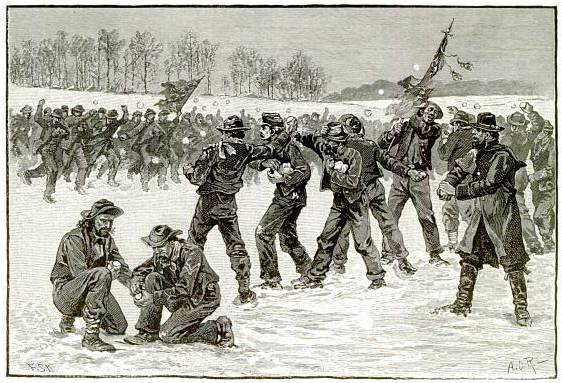https://youtube.com/watch?v=xu_Dp9IfgSU%3Frel%3D0
The tippe top is a round top that, when spun, tilts to one side and leaps up onto its stem. This is perplexing, as the toy appears to be gaining energy — its center of mass rises with the flip.
How is this possible? The geometrical center of the top is higher than its center of mass. As the toy begins to topple to one side, friction with the underlying surface produces a torque that kicks it up onto its stem. It does gain potential energy, but it loses kinetic energy — in fact, during the inversion it actually reverses its direction of rotation.
Entire treatises have been written on the underlying physics, and the toy has occupied at least two Nobel Prize winners — below, Wolfgang Pauli and Niels Bohr play with one at the inauguration of the Institute of Physics at Lund, Sweden, in July 1954.




